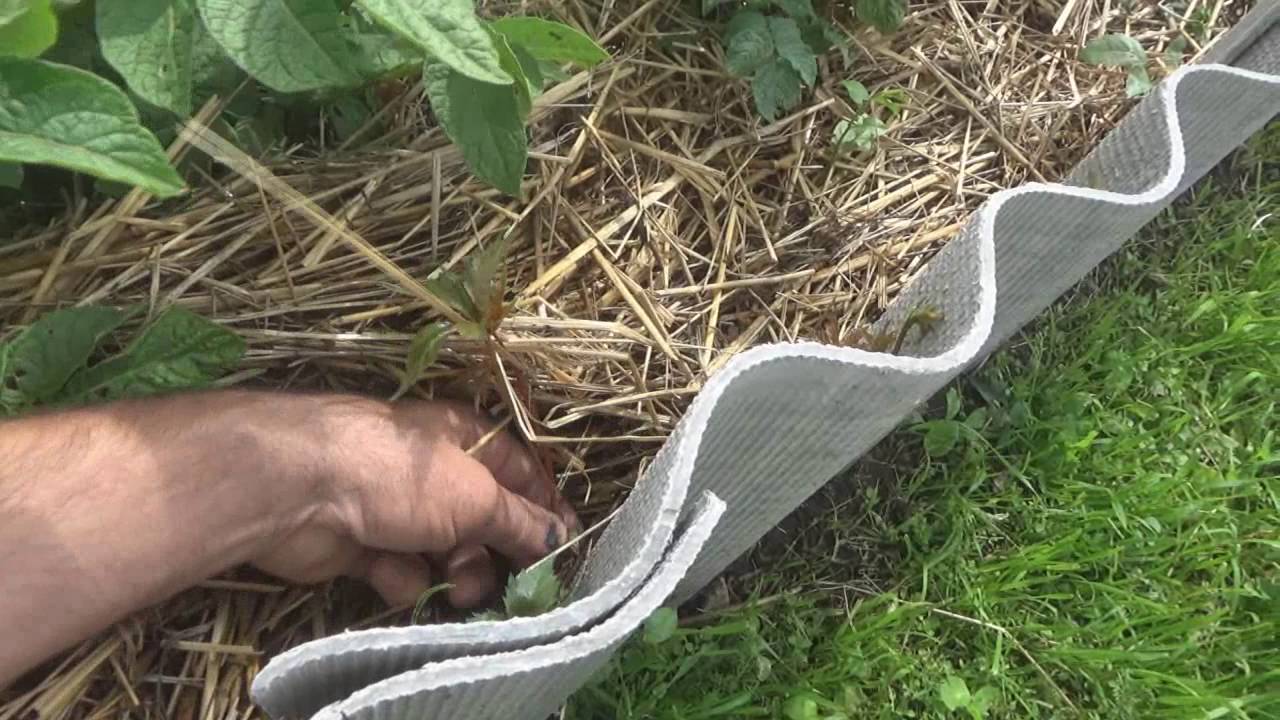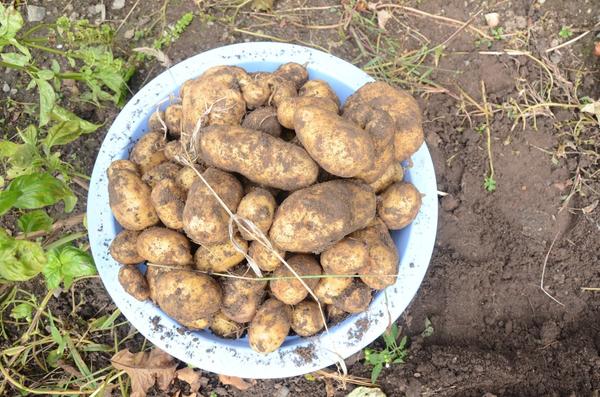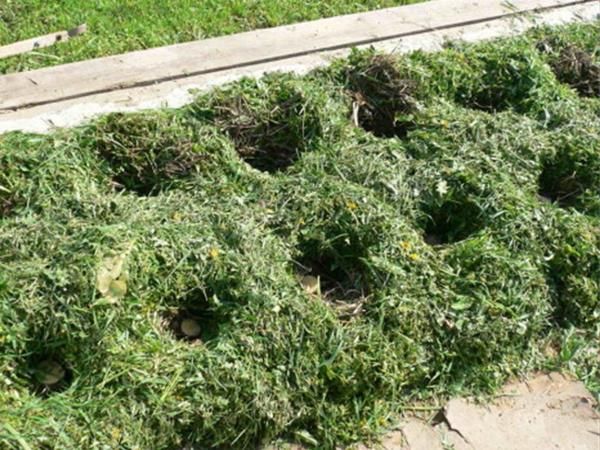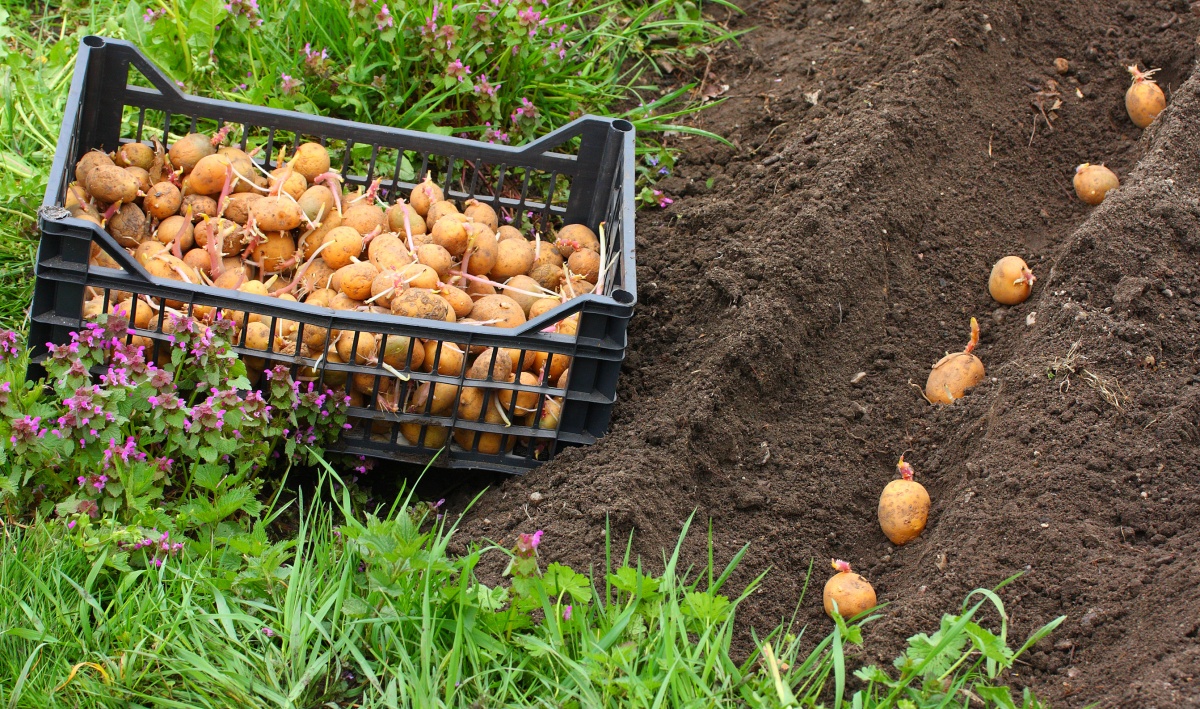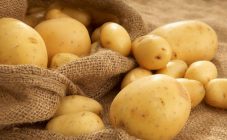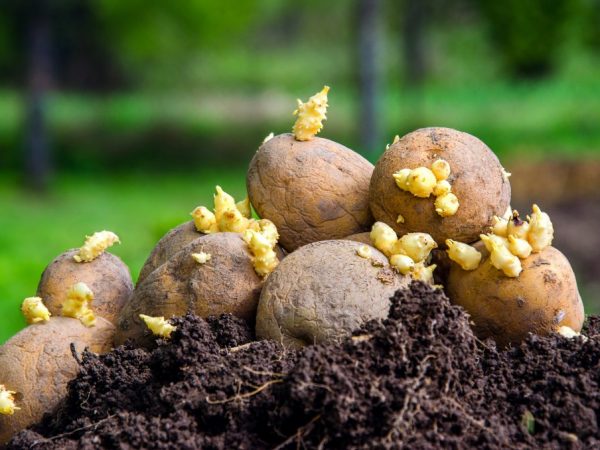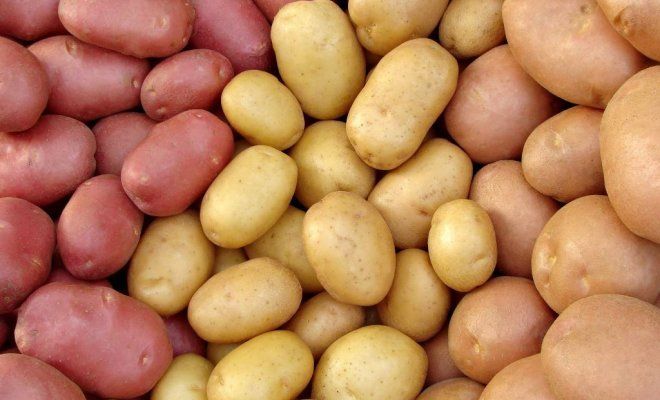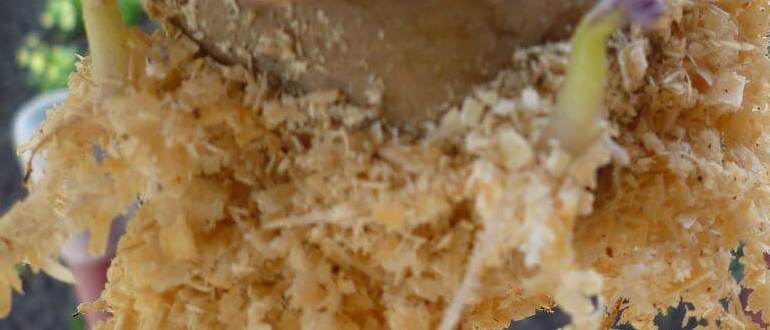Content:
The traditional cultivation of tubers somehow gradually began to move aside, giving way to various innovations. So planting potatoes using the method of Galina Kizima interested many with its simplicity and effectiveness.
What is the essence of technology
Kizima has several books on the cultivation of various summer cottages in his "baggage". They provide not just a selection of descriptions - the author tested each technique on her site, taking into account the characteristics of the plants.
So Galina Kizima is planting potatoes in an original way, without digging the earth and preparing holes. No watering or loosening of the soil is needed - and without these procedures, you can grow a large crop.
The peculiarity of the development of a potato bush is that tubers are formed on stolons. To do this, it is enough to give shading to the roots, natural nutrition and the necessary moisture. All this is provided by ordinary dried grass collected from the site.
This mulch perfectly maintains the desired humidity even on hot days. The lower layers of hay, when processed naturally, become an excellent fertilizer for the beds. The same material is used for hilling bushes several times per season.
Waste can be added to the beds, from which compost heaps are formed. But Galina Kizima advises not to use straw - it attracts rodents and pests to the garden.
How to plant potatoes using this method
Planting potatoes according to the method of Galina Kizima, as mentioned above, is a simple and low-cost process. The first stage, which should be given special attention, is the preparation of the tubers. Further actions will be extremely simple.
How to choose root vegetables
The selection of planting material begins 1.5 months before disembarkation. In this case, the nodules are chosen of medium size - approximately the size of a chicken egg. If there is no suitable size, proceed as follows:
- small potatoes are harvested at a rate of 2-3 in one "hole";
- large tubers are best cut lengthwise, trying to have the same number of eyes on the halves; the places of the cuts are treated with wood ash and kept for 2 days to dry, and only then they are sent to the garden.
Galina Kizima shares the secret of a large harvest. In order for more sprouts to grow on the tuber, it is stimulated to do this by making a transverse incision on one side, or by cutting a thin rim. Do this manipulation a week before planting.
Disinfection
Rodents (field mice, hares), as well as underground insects (bears, wireworms) love to feast on tubers. To increase the immunity of the seed, it is processed in this way:
- the tubers are washed under running water and placed in a basin;
- pour in warm water (about 45 degrees) and leave to cool;
- a concentrated solution of manganese is poured into a basin until the water in it acquires a pinkish tint;
- after 15 minutes, the water is drained, the tubers are rinsed and laid out to dry in the sun for 3 weeks.
Manganese solution can be replaced with Fitosporin. In this case, processing will take less time. The preparation diluted according to the instructions is poured into the potatoes in the basin, and after half an hour they are already laid out to dry. Rinse with water in this case is not necessary. The described disinfection will protect tubers from diseases and insects.
Germination
The fruits should turn green - this is a sign that the poisonous substance solanine has formed under the skin. It does not harm planting potatoes, but it will scare away rodents.
You can prepare tubers for germination in another way, if weather conditions do not allow it to be done outside. Seed material is laid out on window sills, covered with newspaper, or placed in a glass container with a capacity of 3 liters. In the latter version, the banks will have to be periodically turned, exposing various sides to the sun's rays.
After waiting for greening, the nodules germinate. Here Galina Kizima has developed her own technique:
- a cardboard box of suitable dimensions is taken (preferably with holes);
- tubers are laid at the bottom so that they do not touch each other;
- the potatoes are covered with a newspaper, on which another layer of fruit is placed.
In this way, the container is filled to the top and closed. Germination is carried out at a heat source: batteries, ovens. After 2-3 weeks, the eyes are checked: if they have grown to 5 cm, you can start planting.
In this method, it is recommended to be guided by the weather conditions. It is best to plant potatoes when the bird cherry blossoms.
Step-by-step instruction
As mentioned above, you do not need to dig the earth to plant potatoes. Therefore, it is quite possible to use the virgin islands of the summer cottage. To grow potatoes using the Kizima method, they act according to the following algorithm:
- to begin with, mark out a place for the garden, keeping the following scheme:
- the width of the bed is about 1 m, the length is at the discretion of the gardener;
- outline 2 rows, with a distance between them of 0.25 m;
- if desired, you can arrange small fences made of boards around the perimeter;
- potatoes are evenly laid out in each row with an interval of 25 cm;
- the whole bed is covered with hay so that the tubers do not look through the grass.
The area where potatoes will be planted using this technique should be well lit. Otherwise, the tops will waste energy on growing greenery, and as a result, either few tubers are formed, or the potatoes will be too small.
Garden bed care
For the beds according to the Kizima method, spring frosts are dangerous, therefore, initially, the main care consists in warming. Newspapers are laid on top of the rows of tubers, which are covered with plastic bags or spandbod. The row spacing can be left open.
When the threat of a return of cold temperature has passed, the shelter is removed. The newspapers do not need to be touched; another layer of grass is laid right on top of them. As soon as the shoots appear and grow a little, they carry out the near-stem hilling with plucked weeds or compost, trying not to cover the tops.
This work is done regularly throughout the summer. It is necessary to take into account the moment that the lower layers of grass (compost) overheat and settle. To prevent ripening tubers from being exposed, they constantly add mulch.
After waiting for the tops to bloom, they cut off the buds, thus redirecting the plant juices to the development of tubers. But flowers should be left on one bush in order to control the ripening process - they start harvesting when the inflorescence withers.
When all the potatoes are harvested, the tops can be left in the garden along with the hay, as a basis for the compost heap. Next year, this raw material will be useful for mulching new beds, for which a different plot should be selected using the principles of crop rotation.
What other planting methods are there
It is possible to grow tubers in an original way not only according to Galina Kizima's technology. Various innovative methods have long been popular among summer residents. Someone tries to plant potatoes in a comb, while others are attracted by "pyramids" or "chess". You can plant tubers in spacious pits, covered with layers of straw, or use old containers: barrels, buckets, bags.
